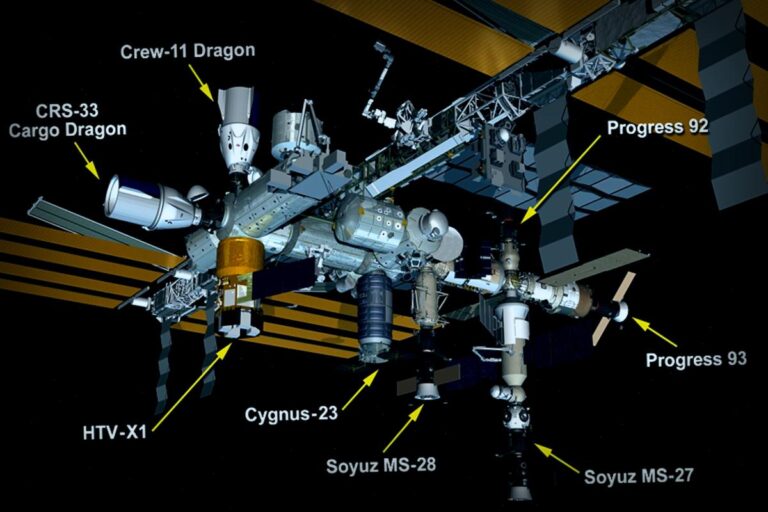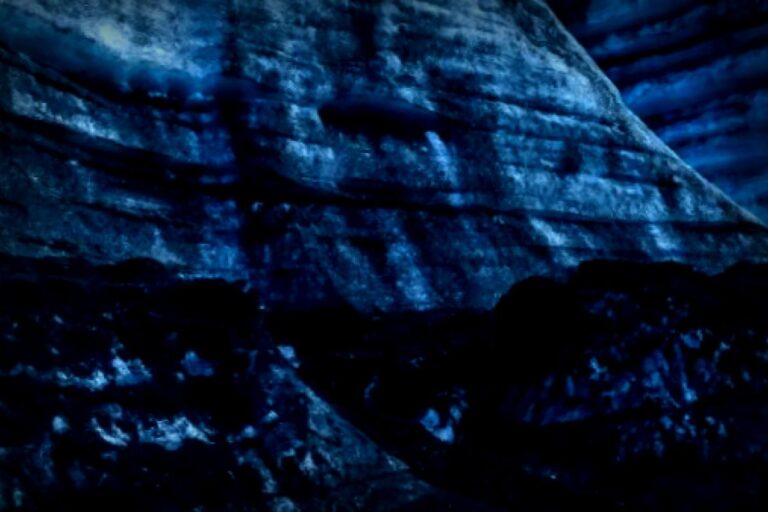Innovative researchers have come up with a method that turns organic materials into stunningly real 3D images. These incredibly accurate models can be used to upgrade robots tasked with identifying and sorting out these intricate shapes all on their own.
The main goal behind this tech was to improve how robotic systems handle microscopic marine fossils that are crucial for climate studies, but the possibilities of its use extend into numerous other sectors.
The relevant paper titled “Foram3D: A Pipeline for 3D Synthetic Data Generation and Rendering of Foraminifera for Image Analysis and Reconstruction” was published in the journal Marine Micropaleontology.
Co-author Edgar Lobaton, who is a professor of electrical and computer engineering at North Carolina State University, shares, “We illustrated how this technique works in two ways: through a robotic system focused on 3D imaging of marine fossils and another that identifies these very fossils. Identifying them is quite the challenge, which is what sparked our research in the first place.”
We’re specifically talking about foraminifera, or forams—tiny critters that have lived in the oceans for over 100 million years. They aren’t quite plants or animals; when they pass away, they leave behind small shells that hold vital insights into the oceanic conditions during their existence.
Each foram species has its sweet spot in different ocean environments, with chemical compositions that can inform scientists about everything from ocean chemistry to temperature at the time the shell formed.
However, winging it through foram shells can be extremely labor-intensive—think about sorting through a bunch of tiny, similar-looking objects that are less than a millimeter wide! So, it makes total sense that paleontology researchers want to automate this tedious task. Lobaton found this challenge particularly interesting.
“We’d already designed a robotic system for sorting and identifying forams called Forabot. From that experience, we learned that the biggest time-sink in the whole process is tweaking the layout of hardware and understanding what it should look like at scale,” he explains.
“Things like component sizing and setup variations can get wild. The work we’re discussing here was aimed exactly at solving that issue, trying to find a streamlined way to enhance Forabot’s operability.”
By perfectly capturing 3D representations of these fossils, the team can simulate how the robotic system will interact with them.
“Simulations let you make adjustments far easier than actual hardware can,” adds Lobaton. “Once you’ve optimized the setup in the sim, tuning the real-world hardware becomes a breeze—you already know what works best.”
For their project, the researchers altered an existing mathematical model to create precise 3D renditions of these fossils. They worked closely with a paleontologist to ensure that these replicas accurately represented key characteristics of seven distinct species of foraminifera.
With their 3D models at hand, the next step was improving Forabot’s efficiency. With these new visuals, researchers boosted its performance from 82% accuracy to 89%, without the exhausting rigmarole of adjusting hardware manually.
“By leveraging our synthetic data, we tested how cutting-edge AI could reconstruct 3D forms based on just a small set of 2D images,” said Sanjana Banerjee, the lead author of this paper and a Ph.D. student at NC State.
“These simulations revealed the best imaging conditions and are steering the development of a new robotic system geared towards effective 3D reconstructions, which is a crucial step furthering the automation of identifying these microscopic fossils.”
Moreover, Banerjee emphasized, “This lays a strong framework for investigating the growth and morphology of numerous foraminifera species while also dealing with significant challenges in micropaleontology, like data scarcity and accurate shape recovery.”
“The methods we used could potentially help refine any robot designed to recognize or sort complexly shaped objects,” Lobaton points out. “This can apply to microbe and pathogen sorting at tiny scales, or for configuring agricultural produce more effectively at a larger scope.”
The team made their code open-source so that fellow researchers can tap into these developments. You can find it here: https://github.com/ARoS-NCSU/Forams-3DGeneration.
Co-authors of the study include Turner Richmond, a former Ph.D. student at NC State; Michael Daniele, who is an associate professor in electrical and computer engineering at NC State; and Thomas Marchitto, a professor at the University of Colorado, Boulder.
For more information: Sanjana Banerjee et al, Foram3D: A pipeline for 3D synthetic data generation and rendering of foraminifera for image analysis and reconstruction, Marine Micropaleontology (2025). DOI: 10.1016/j.marmicro.2025.102486
Provided by North Carolina State University
This story was originally published on Phys.org.
















